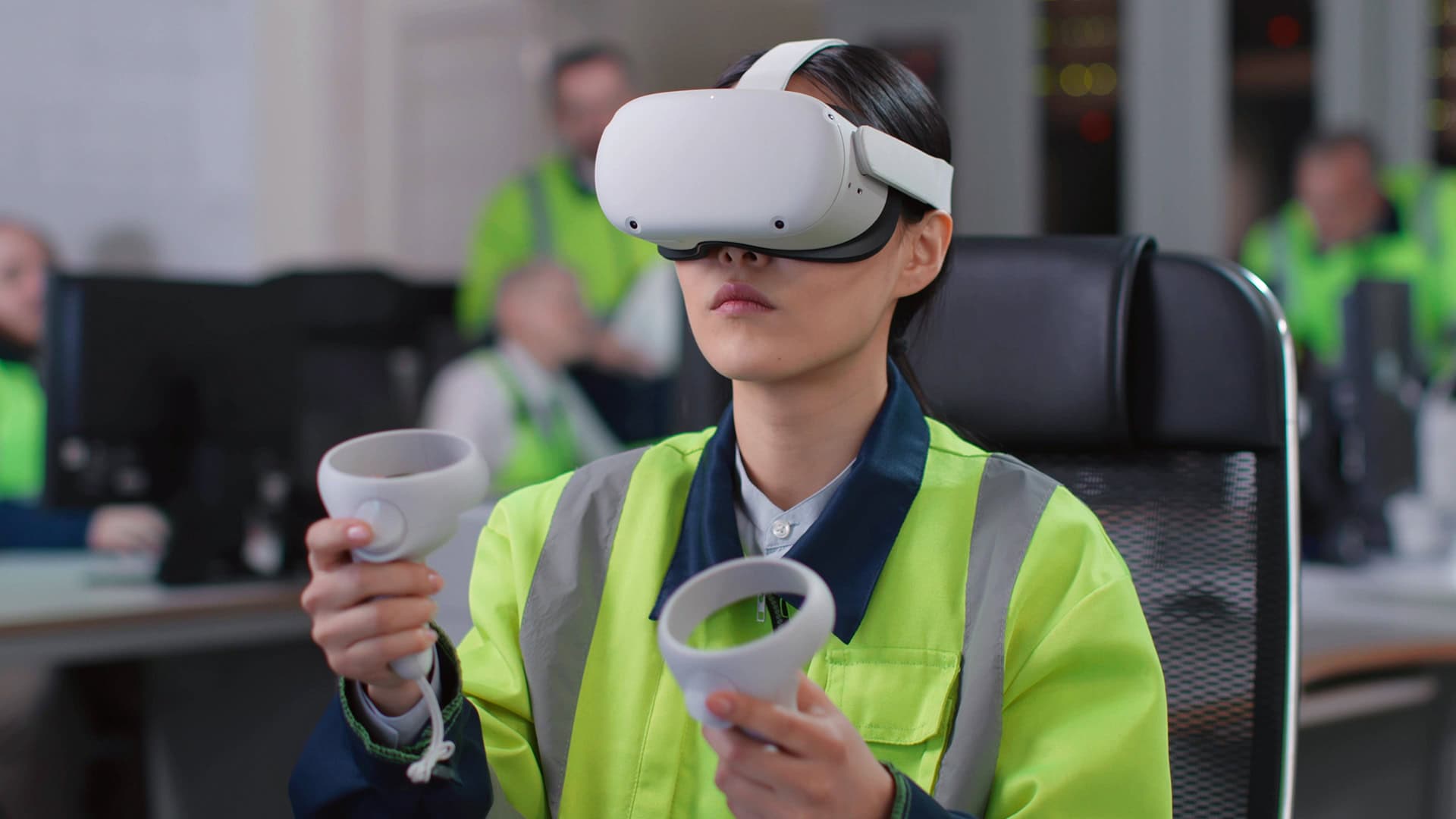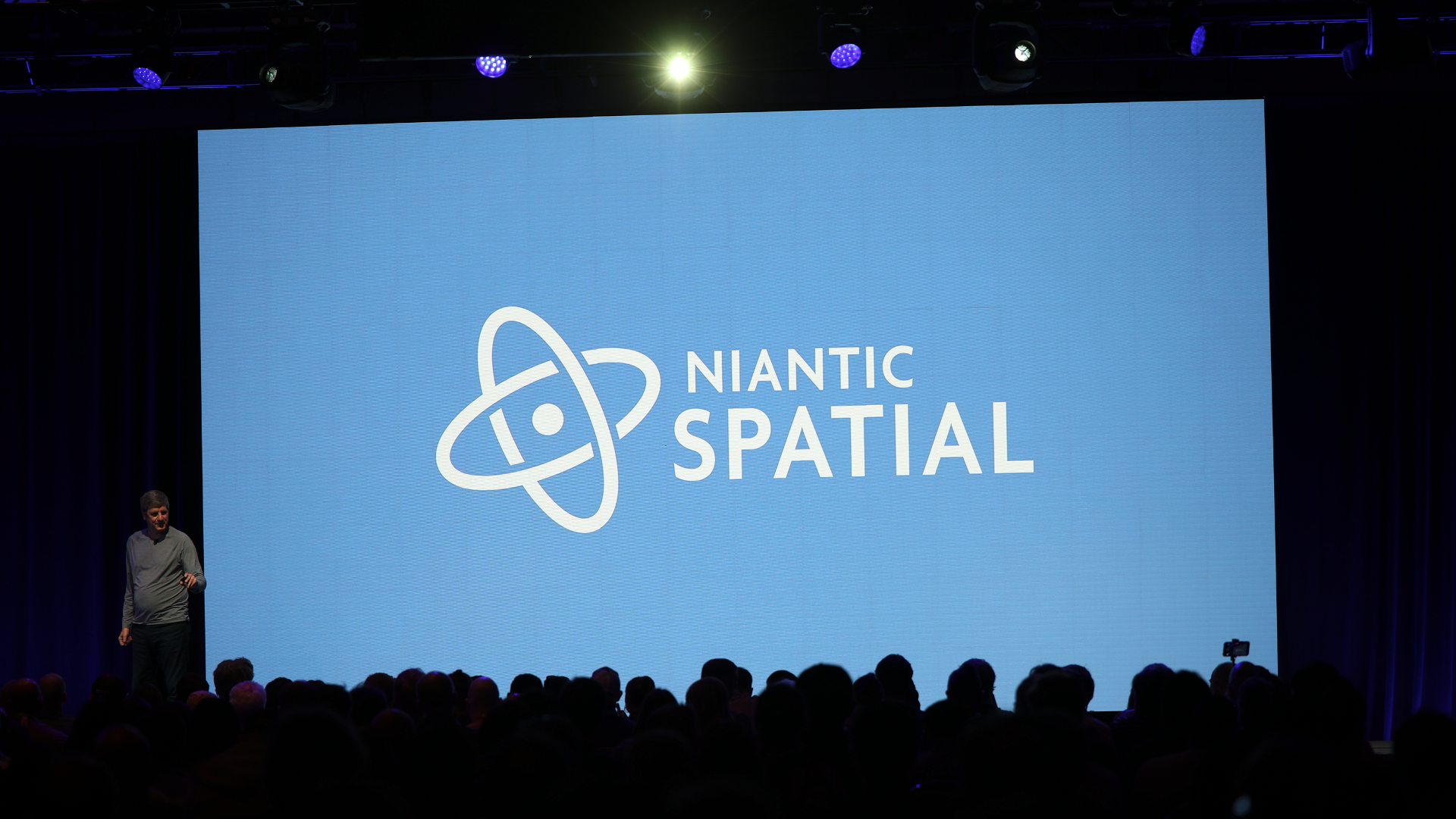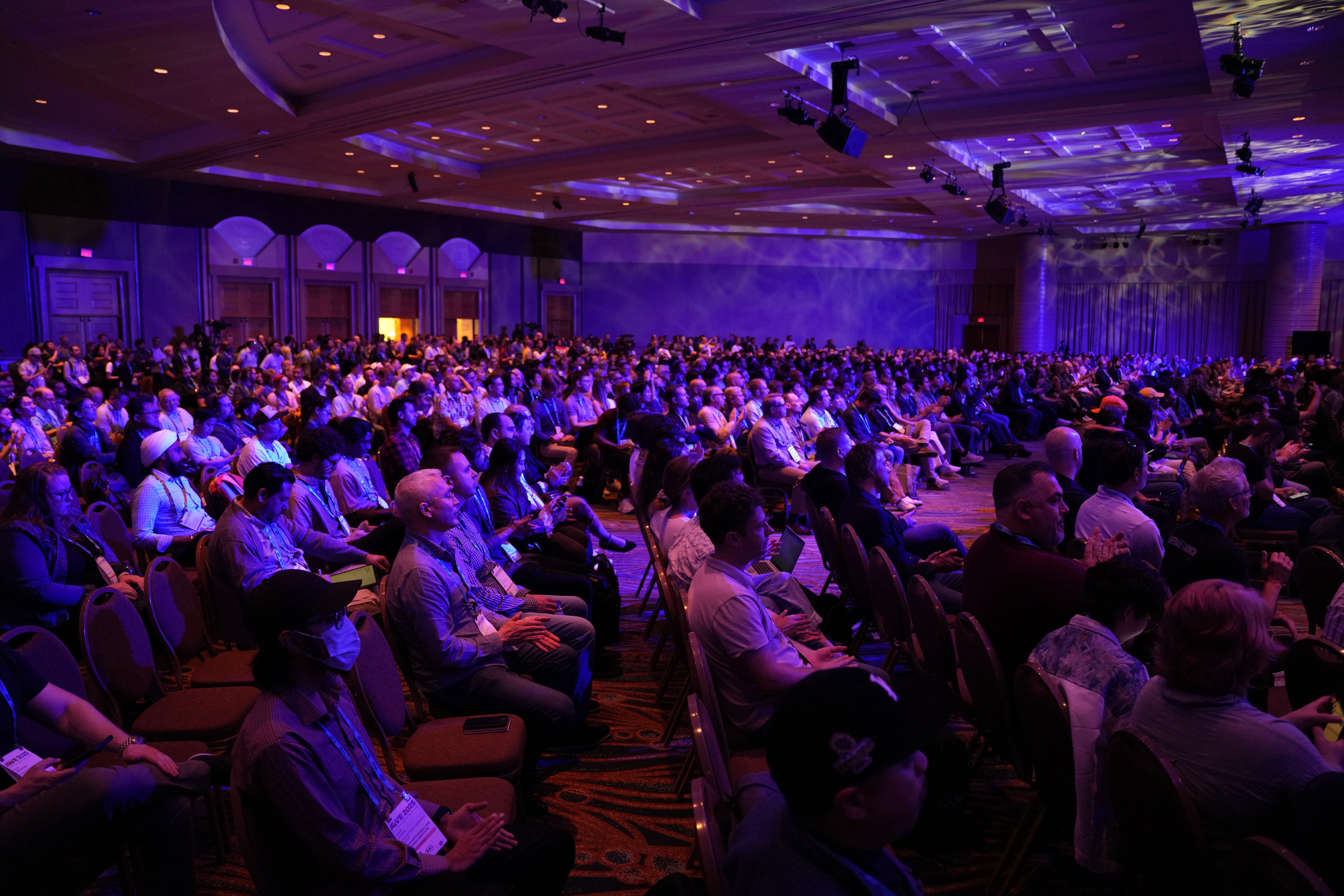Welcome back to AWE Talks, our series that revisits the best of AWE’s conference sessions. With a fresh batch of footage from AWE EU 2024, we have a treasure trove of on-stage insights to dive into.
We continue the action this week with a tactical look at deploying VR training at massive companies. Nestle did just that, while getting VR programs to scale and stick. What are best practices and pitfalls to avoid?
See the summarized takeaways below, along with the full session video. Stay tuned for more video highlights each week and check out the full library of conference sessions on AWE’s YouTube Channel.
Speakers
Jeremy Moussai, Nestlé
Sara Boss VRdirect
Speakers
Jeremy Moussai, Nestlé
Sara Boss VRdirect
Key Takeaways & Analysis
– As we often examine in this series, enterprise adoption is more about HR than XR.
– That's a cheeky way of saying it's all about organizational change management.
– This art of implementation has a difficulty level that correlates to company size.
– So how did Nestle, a multinational giant in its own right, scale its VR training efforts?
– One key factor is to have clear-cut goals and enough VR knowledge to align the tech.
– You also need enough political capital to propel VR deployments and fight resistance.
– That can include C-suite buy-in or influential innovation centers in a given company.
– All the above only gets a foot in the door for VR's entry... then comes the hard part.
– For VR to expand past the pilot stage and sustain, it needs ample commitment.
– That often requires an internal champion who is passionate about the technology.
– Without that level of commitment, VR will not stand up to organizational resistance.
– Fortunately, that resistance is eroding in general, due to a few macro factors.
– For example, no-code VR training platforms continue to lighten the technical lift.
– Meanwhile, gen AI's integration means training programs can be easily spun up.
– Lastly, VR's cultural acclimation will erode organizational barriers, but it will be gradual...
For more color, see the full video below...
Want more XR insights and multimedia? ARtillery Intelligence offers an indexed and searchable library of XR intelligence known as ARtillery Pro. See more here.



